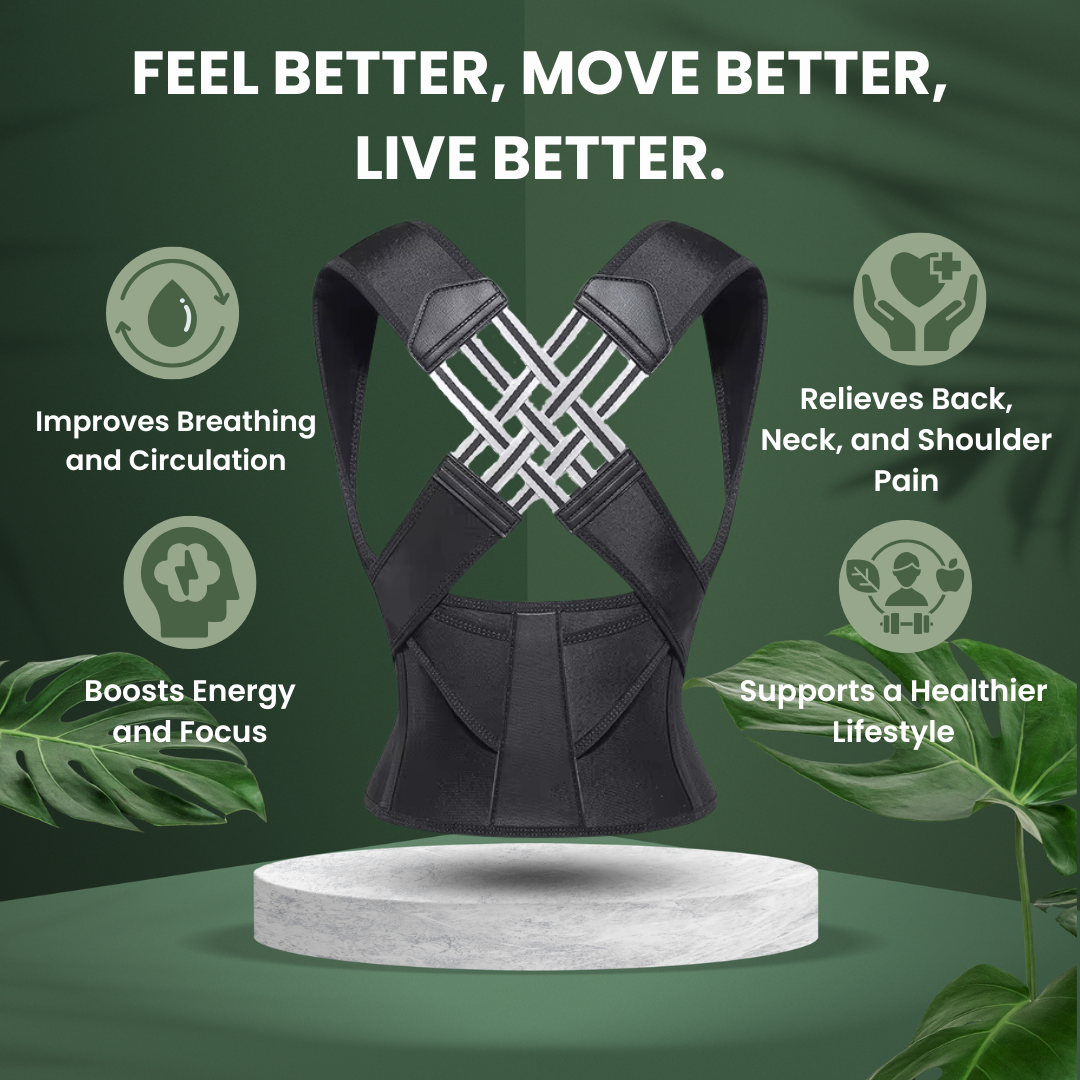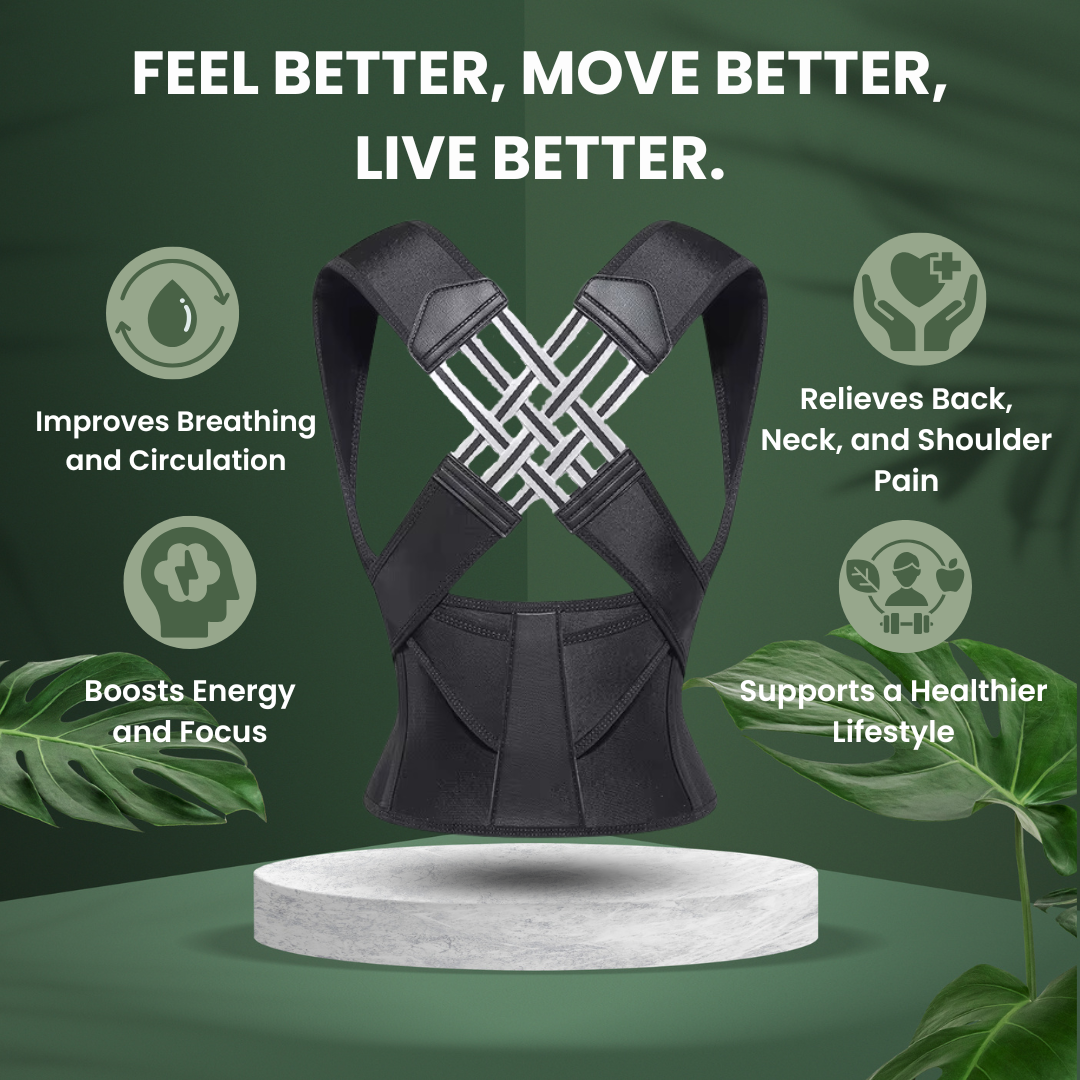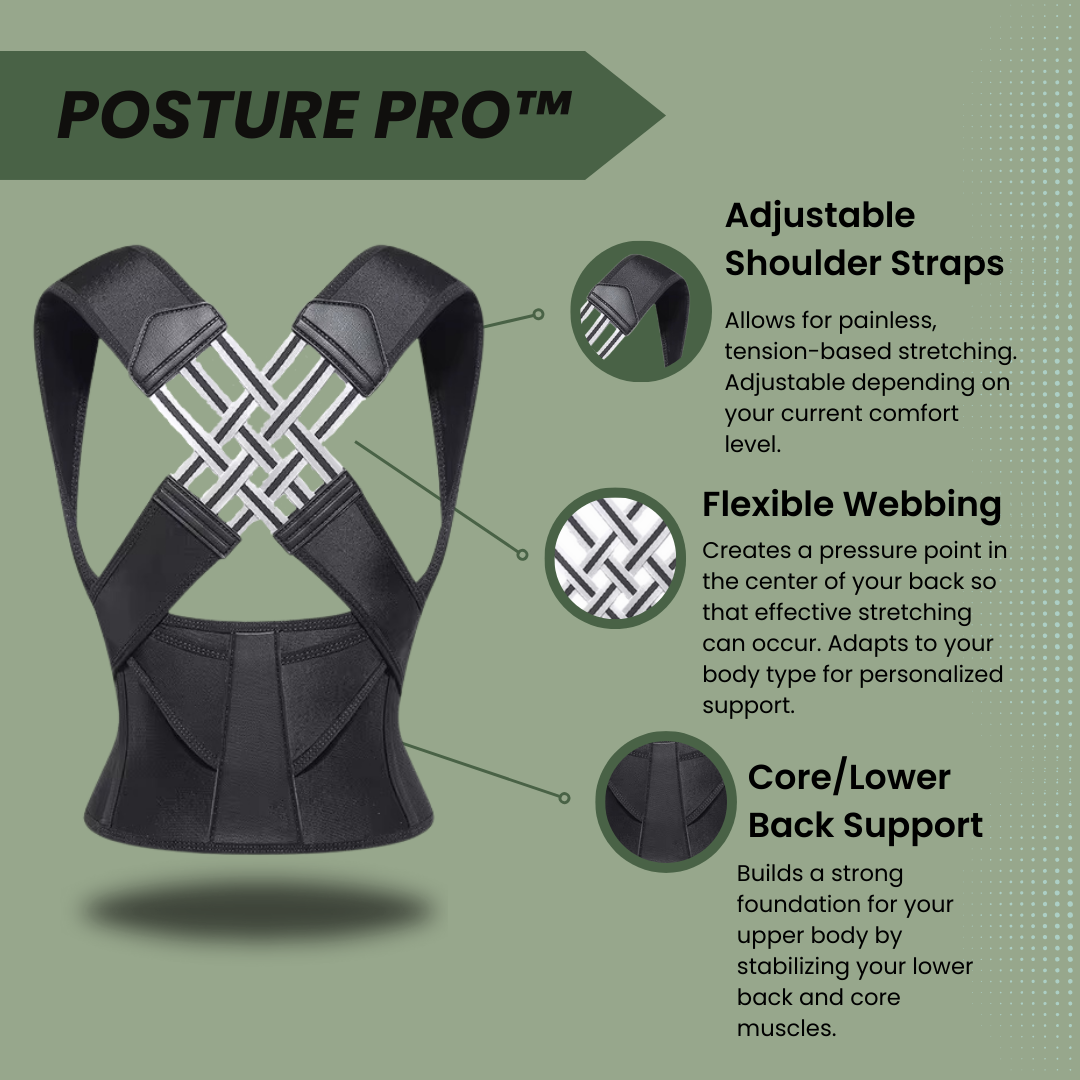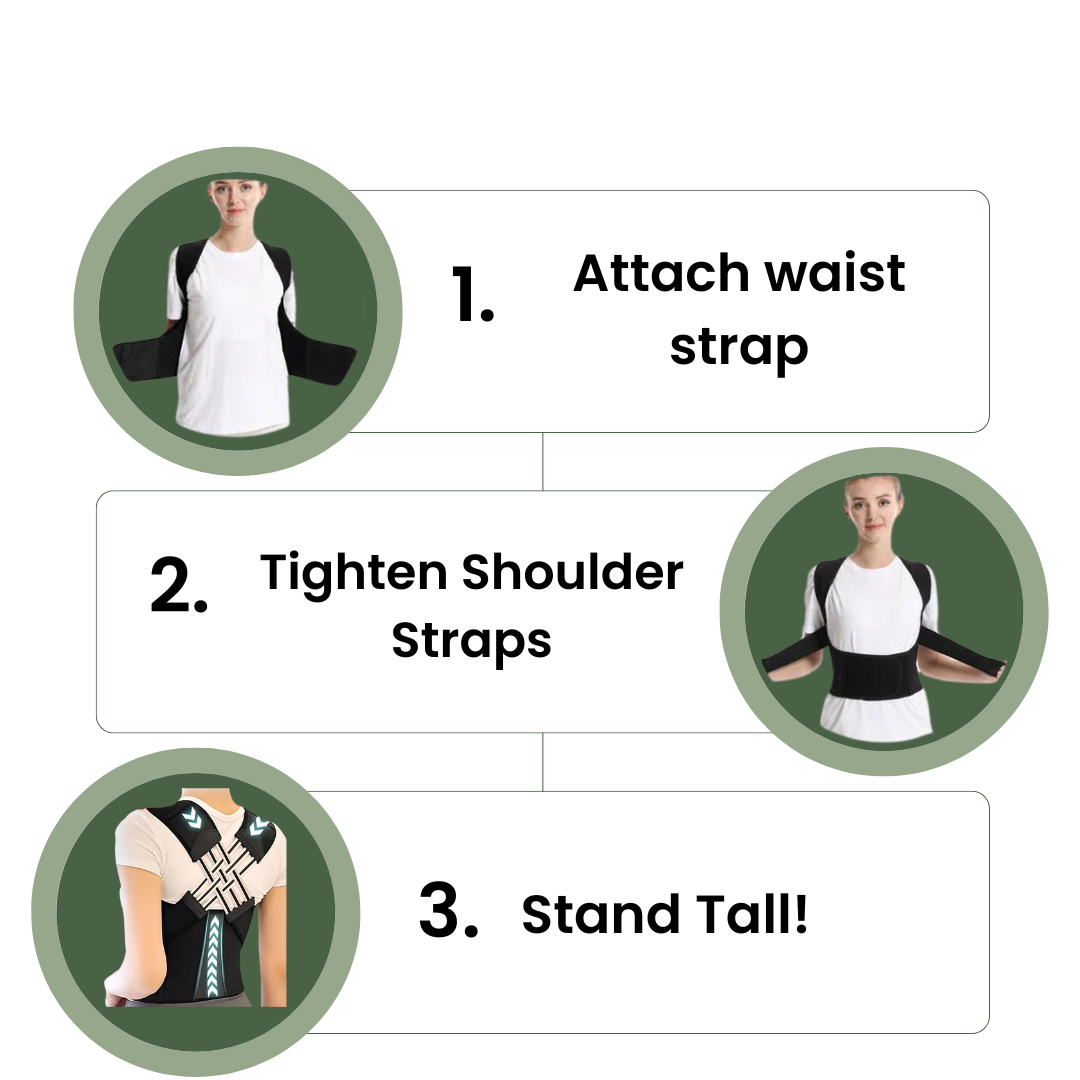Getting older often means facing some challenges with mobility. One key fact is that staying mobile can extend a senior's independence. This article will talk about the importance of mobility training for seniors and how it can help.
Keep reading to find out more.
Key Takeaways
- Mobility training helps seniors maintain independence, improve their mental health, and reduce the risk of chronic diseases.
- Simple exercises like strength, balance, endurance, and flexibility training can significantly enhance seniors’ quality of life.
- Starting slow with professional guidance and considering home modifications are effective ways to ensure safety in mobility training for older adults.
The Impact of Limited Mobility for Seniors
Limited mobility can greatly affect seniors' daily lives. It restricts their independence and makes basic tasks more difficult.
During the pandemic
The pandemic created significant challenges for seniors. Many older adults experienced a decline in mobility during this time. Social isolation increased, which affected their mental health and physical activity levels.
Seniors who lost mobility struggled to maintain independence and perform daily tasks. As a result, many faced greater risks of chronic diseases and disabilities.
Engaging in exercise remained crucial for seniors during the pandemic. Regular physical activity helps preserve strength, flexibility, and balance. Just 30 minutes of movement each day can counteract aging effects and improve overall well-being for older adults.
Mobility training is essential for improving function and independence in seniors.
On independence and function
Limited mobility impacts independence and function significantly. Seniors who lose their mobility often struggle to live at home. This decline can lead to higher rates of disease and hospitalization.
Staying mobile allows older adults to perform daily tasks with ease. It also gives them the confidence needed for social interactions.
Mobility training plays a crucial role in enhancing life quality for seniors. Regular exercise helps maintain strength and flexibility, essential factors for independent living. Engaging in physical activities reduces the risk of chronic diseases and improves mental health.
Seniors should focus on exercises that promote balance, endurance, and flexibility to preserve their functional independence effectively.
The Importance of Mobility for Seniors

Mobility plays a crucial role in the lives of seniors. It helps them maintain their independence and enhances their overall quality of life.
Maintaining independence
Mobility training plays a crucial role in maintaining independence for seniors. Seniors who can move freely often live at home longer. They engage more in daily activities and social events.
Maintaining mobility helps older adults perform tasks with ease and confidence. Losing this ability may lead to disability, making it harder to stay independent.
Studies show that regular exercise is the most important action seniors can take to preserve their mobility. Mobility exercises enhance strength, flexibility, and balance while reducing pain and fatigue.
These improvements directly impact seniors' ability to maintain an active lifestyle. Keeping mobile not only supports physical health but also boosts mental well-being among the elderly.
Preventing disability
Maintaining mobility is crucial for preventing disability in seniors. Many older adults who lose their mobility find it hard to live independently at home. Mobility training helps improve the ability of seniors to perform daily tasks with confidence.
Regular exercise also plays a significant role in this process. It counteracts aging effects, enhances flexibility, and reduces pain. Staying active can keep disease rates lower among older adults and prevent hospitalization.
Overall, focusing on mobility training allows seniors to maintain independence and engage fully in life without reliance on others.
Improving mental health
Mobility training significantly boosts mental health for seniors. Engaging in physical activity helps reduce feelings of depression and anxiety. Older adults who stay active enjoy better moods and increased self-esteem.
Mobility exercises also create social opportunities, combating loneliness. Research shows that regular exercise lowers the risk of chronic diseases as well. Seniors who maintain their independence through mobility often feel more confident and capable in daily tasks.
This confidence directly impacts their overall happiness and quality of life.
Reducing risk of chronic diseases
Regular exercise significantly reduces the risk of chronic diseases in seniors. Engaging in physical activity helps older adults maintain mobility and strength. These exercises also enhance mental health, which contributes to overall well-being.
Seniors who stay active can lower their chances of developing conditions like diabetes or heart disease. By incorporating mobility training into their routines, older adults improve their functional independence.
This proactive approach promotes a healthier lifestyle and supports long-term health goals.
Types of Exercises for Seniors to Improve Mobility
Seniors can enhance their mobility with various exercises tailored to their needs. Strength training builds muscle, while balance exercises improve stability. Endurance training boosts cardiovascular health, and flexibility workouts increase range of motion.
Each type of exercise plays a vital role in maintaining active lifestyles. Explore more about how these activities can benefit seniors!
Strength training
Strength training is vital for seniors aiming to improve their mobility. Engaging in regular strength exercises helps maintain muscle mass and joint flexibility. These factors play a crucial role in preventing disability and enhancing the ability of older adults to perform daily tasks with ease and confidence.
Studies show that older adults who lose their mobility often struggle to remain living at home.
Strength training also supports mental health by boosting confidence levels. Seniors feel more empowered when they can manage daily activities independently. It reduces the risk of chronic diseases, contributing to overall well-being.
Stronger muscles lead to better balance, helping prevent falls that may cause serious injuries or hospitalization. Regular participation in strength training ultimately promotes longevity and independence for seniors seeking improved function in their lives.
Balance exercises
Balance exercises play an essential role in improving mobility for seniors. These exercises help prevent falls, which can lead to serious injuries. Maintaining balance is crucial for older adults who want to live independently at home.
Poor balance contributes significantly to disability and limits daily activities.
Engaging in regular balance training enhances stability and coordination. Studies show that those who focus on these exercises experience fewer accidents. They also report higher levels of confidence while performing everyday tasks.
Incorporating balance exercises into a routine reduces the risk of chronic diseases associated with inactivity as well.
Endurance training
Endurance training helps seniors stay active and healthy. Engaging in regular physical activity is crucial for maintaining mobility and independence. It allows older adults to perform daily tasks with ease and confidence.
By participating in endurance exercises, seniors can improve their stamina. This increase in energy enables them to enjoy social opportunities and participate in community activities.
Research shows that poor mobility leads to higher rates of disease, hospitalization, and even death among older adults. Therefore, enhancing endurance through consistent exercise plays a vital role in preventing disability.
It also contributes to better mental health by reducing feelings of isolation or depression often felt by those with limited mobility. Ultimately, endurance training supports the overall goal of improving function and independence for seniors.
Flexibility exercises
Flexibility exercises play a vital role in senior mobility. These exercises help preserve joint flexibility. By maintaining flexibility, seniors can manage symptoms and stay independent longer.
Improved flexibility allows older adults to perform daily tasks with ease and confidence.
Regularly practicing flexibility exercises reduces pain and enhances overall wellbeing. Seniors who engage in these activities experience better balance and increased energy levels.
Such benefits contribute significantly to maintaining mobility, which is crucial for living independently at home.
Tips for Seniors Beginning a Mobility Training Program
Seniors should take their time when starting a mobility training program. Finding professional guidance can help ensure safety and effectiveness during exercises.
Start slow
Starting a mobility training program requires patience. Begin with simple exercises and gradually increase intensity. This method helps prevent injury. It also builds confidence over time.
Maintaining mobility is vital for seniors to live independently. Engaging in physical activity proves crucial for older adults who want to stay active and avoid disability.
A slow approach allows seniors to assess their comfort levels during each exercise. As they progress, they can add more challenging movements and routines. Mobility training focuses on enhancing the ability of older adults to perform daily tasks easily and confidently, which boosts overall functioning.
Seek guidance from a professional
Seniors should seek guidance from a professional to start their mobility training program. Experienced physical therapists can offer tailored exercises that meet individual needs. These experts understand how to enhance seniors' abilities in daily tasks with ease and confidence.
They also help in preserving joint flexibility, which is crucial for managing symptoms and maintaining independence.
Many older adults who lose mobility struggle to live at home. A structured plan from a professional can reduce the risk of this happening. With proper support, seniors can engage in safe strength training, balance exercises, endurance training, and flexibility workouts.
Ultimately, professional guidance plays an essential role in promoting function and independence for senior citizens through effective mobility training.
Consider home modifications
Home modifications can significantly enhance mobility for seniors. Simple changes, like installing grab bars in the bathroom or widening doorways, greatly improve safety and accessibility.
These adjustments help prevent falls and support independence. Limited mobility often forces older adults out of their homes. By making these changes, they can maintain a safer living environment.
Mobility training remains crucial for seniors’ overall well-being. With improved home environments, elders engage more confidently in daily activities. Physical therapy further assists them in navigating challenges at home.
Such modifications not only boost confidence but also encourage social interactions and active lifestyles among seniors.
Conclusion
Mobility training plays a vital role in helping seniors stay independent. Regular exercise boosts strength and balance, reducing fall risks. It also enhances mental health and combats chronic diseases.
Seniors who engage in mobility exercises can perform daily tasks with confidence. Prioritizing this training leads to a healthier, more active lifestyle for older adults.
FAQs
1. Why is mobility training important for seniors?
Mobility training helps seniors improve their function and independence. It strengthens muscles, enhances balance, and aids in fall prevention.
2. How does mobility training aid in improving function for seniors?
Through regular exercises, seniors can maintain or even enhance their physical abilities. This means they can perform daily tasks more easily and independently.
3. Can mobility training help prevent falls among the elderly?
Yes, one of the key benefits of mobility training is fall prevention. Training improves balance and coordination which are vital to preventing falls.
4. What happens if a senior doesn't participate in any form of mobility training?
Without proper exercise or movement, a senior's physical functions may decline over time. This could lead to increased dependence on others for basic everyday tasks.



















